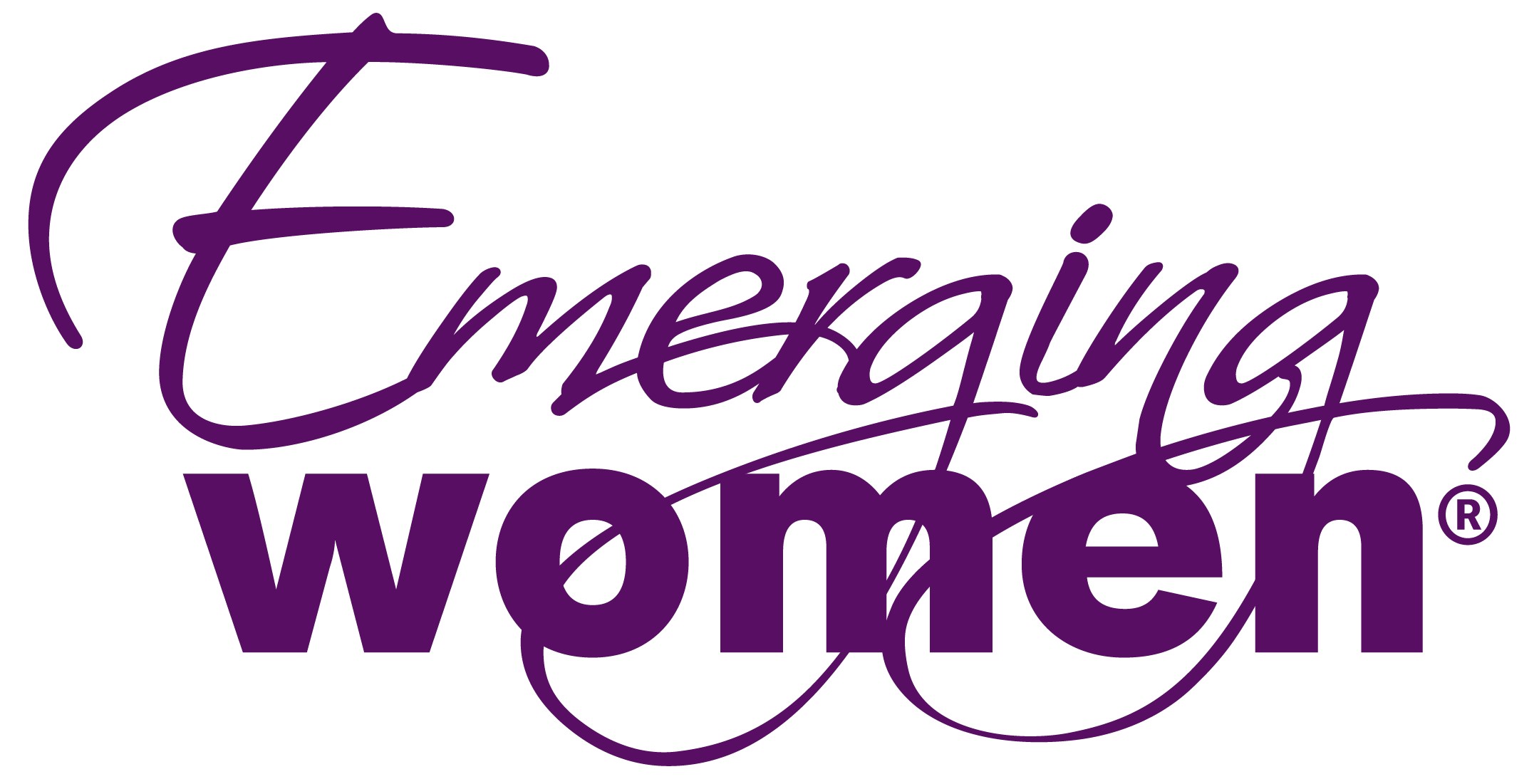The words we use to describe the upward struggle of women in the workplace feel a little shaky. It’s no wonder that integrating gender diversity best practices has been an uphill battle — and women are still underrepresented at junior, mid and senior levels. Even when they’re diligently encouraged to, ‘lean in.’
The problem begins the first time a woman is passed over for a managerial promotion, otherwise known as the ‘broken rung.’ When few women become managers, even fewer can be promoted at a higher level.
According to LeanIn.org:
“Women are less likely to be hired and promoted to manager: For every 100 men promoted and hired to manager, only 72 women are promoted and hired. Men hold 62 percent of manager-level positions, while women hold just 38 percent. The number of women decreases at every subsequent level. One-third of companies set gender representation targets for first-level manager roles, compared to 41 percent for senior levels of management.”
Women not getting promoted at the junior level is only one part of the problem. As you can see from the above statistics, stepping over that broken rung is just the first hurdle.
Mid-Level Attrition and the Glass Cliff
Once a woman makes it past the broken rung, she’s not out of the woods yet. While a managerial promotion gives someone a ‘head start’ to future promotions, it’s mid-level attrition that is the most difficult threshold guardian to pass — especially for women in tech.
Even when someone has been promoted at the junior level, the road through mid-level positions can still be disheartening. And no amount of ‘leaning in’ can help her.
Many women see their male counterparts promoted ahead of them. They’ve heard the ‘diversity hire’ whispers and caught accusing stares one too many times. They work harder to prove themselves. They hide personal information about their families for fear others might have false assumptions about their ‘availability.’
They’re accused of failing to ‘lean in’ to opportunities as they come.
And when the struggle feels like it has become too much to handle, they are offered a position that they haven’t been groomed for — one that is destined to fail; otherwise known as a glass cliff. Or, they are passed over altogether.
Luckily, the solution for mid-level attrition is the same as it is at the junior level: women-only mentorship Power Circles and sponsorship and promotion from superiors (both male and female).
How to Repair the Broken Rung
The two-pronged solution for repairing the broken rung, preventing mid-level attrition and avoiding glass cliffs is the same: sponsorship and promotion from superiors and peer mentorship circles.
Helping Women ‘Lean In’ on the Ladder
Women can only lean in so far. At some point, male allies and organizations need to meet them halfway. They can do this by offering women the same training, mentorship and sponsorship offered to their male counterparts — at all levels.
First and foremost, women need equal sponsorship and promotion from their superiors. But this is easier said than done.
Men subconsciously (and often consciously) receive sponsorship and promotion through superiors, colleagues and out-of-office organizations. These sponsors generally act as ‘talent managers,’ speaking on behalf of employees and making the social and network connections needed to claim future opportunities.
Women-only peer mentorship programs give participants the confidence and the advice they need to seek out, apply for and land promotions. When men apply for a promotion, they (on average) possess only 60 percent of the skills required; women won’t apply unless they have 100 percent.
Peer mentorship circles help women stay on track and encourage them to keep advancing upward.
Male Allies: An Important Piece of the Diversity Puzzle
When everyone has the tools they need to succeed in their jobs, it’s a win-win. Everyone benefits. Yet, we can’t move forward and fix something when many can’t even acknowledge there is a bias.
Male-only support circles can help male allies understand how to help their female counterparts. These types of circles can offer empathy and insight into the world of discrimination women face in the workplace.
The good news? Employing mentorship circles and superior sponsorships is just as effective as one-on-one mentorship, making this solution cost-effective.
In a study conducted with one Fortune 100 company, participants reported that after 25-to-30 hours of virtual meetings with their Power Circles and ‘check-in’ time with other circle members, in addition to being paired with a sponsor within the organization, we were able to reduce attrition rates by 49 percent, saving the company $1.25 million in recruiting costs per cohort of 30.
While we don’t expect things to change overnight, these initial results point to an approach that promises the advancement of women at exponential rates.
(1) The “broken rung” is the biggest obstacle women face, LeanIn.org – 2019 https://leanin.org/women-in-the-workplace-2019
(2) Leveraging the Power of We, Emerging Women – 2019 https://emergingwomen.com/wp-content/uploads/2019/09/r9-EW-003-White-Paper.pdf
(3) Sheryl Sandberg: The Gender Gap Isn’t Just Unfair, It’s Bad for Business
– 2019 https://www.wsj.com/articles/sheryl-sandberg-the-gender-gap-isnt-just-unfair-its-bad-for-business-11571112300
(4) Tara Sophia Mohr: Why Women Don’t Apply for Jobs Unless They’re 100% Qualified – 2014 https://hbr.org/2014/08/why-women-dont-apply-for-jobs-unless-theyre-100-qualified


